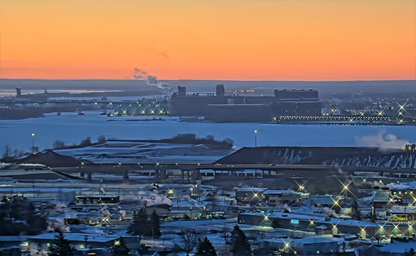
Western Duluth Harbor
This location from atop the Lincoln Park Middle School

This location from atop the Lincoln Park Middle School
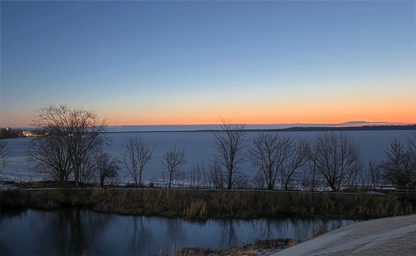
Situated less than 50 miles downstream from the source of the Mississippi River
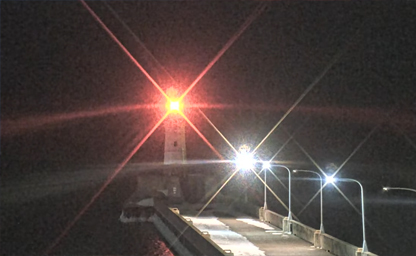
Located at the entrance to the Duluth Ship Canal
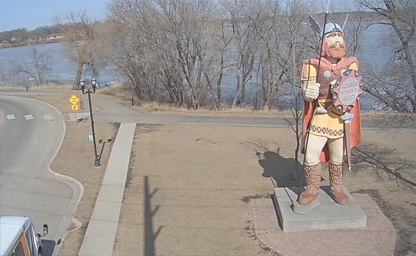
Located just north of downtown Alexandria on the south shore of Lake Agnes
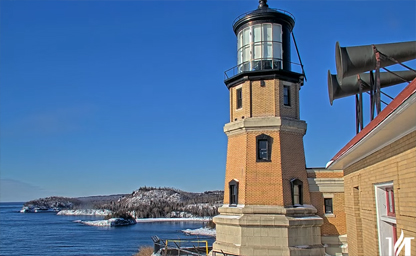
Nestled on the rugged shores of Lake Superior in Minnesota
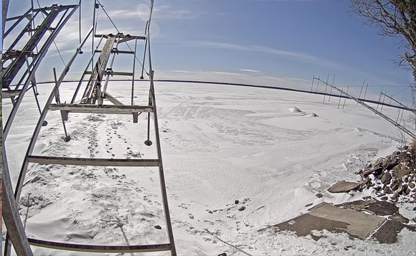
The beauty and solitude of northern Minnesota is the obvious draw
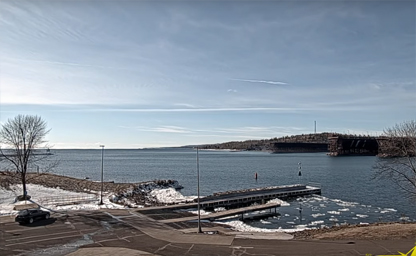
Pleasure boats and other activities in the Two Harbors/Agate Bay area
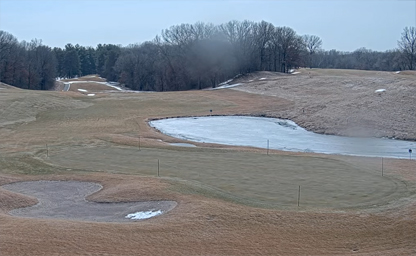
Picturesque Golf at one of Twin Cities' Favorite Courses
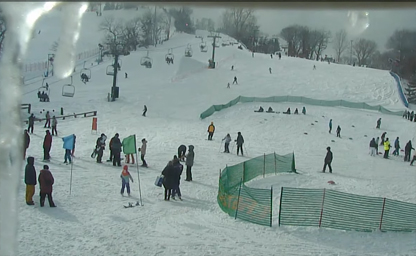
Skiing and snowboarding over 45 acres of skiable terrain and a 309' vertical drop
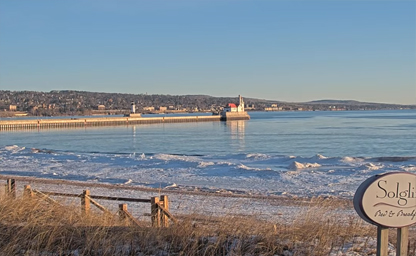
Situated on Park Point with a view of the ship canal
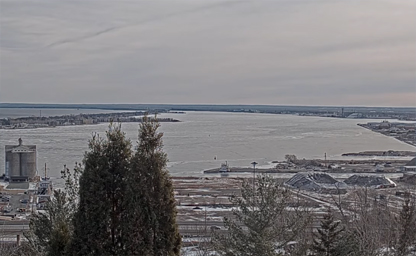
A bustling hub where mighty cargo ships gracefully navigate the deep waters
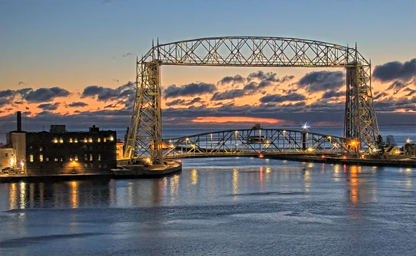
A perfect view of the Aerial Lift Bridge and the Duluth Shipping Canal
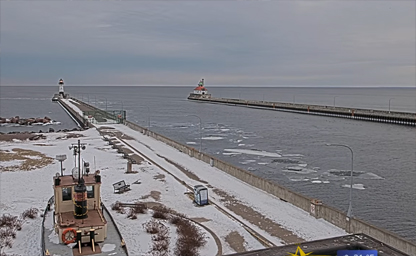
Observe ships and boats of all sizes navigating the canal, no matter the weather conditions
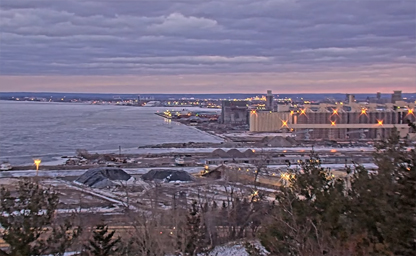
This panorama view of the Duluth Harbor and Lake Superior is located on the hillside of Duluth
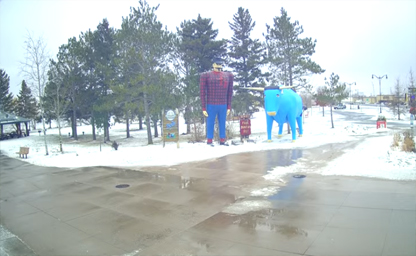
Situated at Paul Bunyan Park on the shores of Lake Bemidji
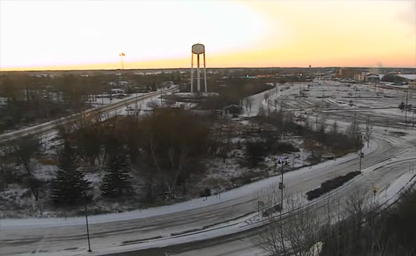
Located on the corner of two major streets, Grant Avenue and First Street
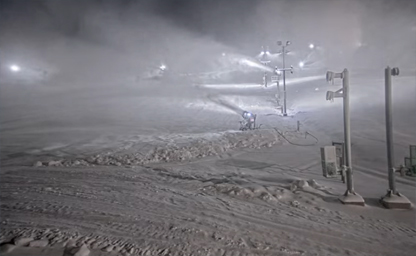
One of three ski areas in the Minneapolis–Saint Paul metropolitan area
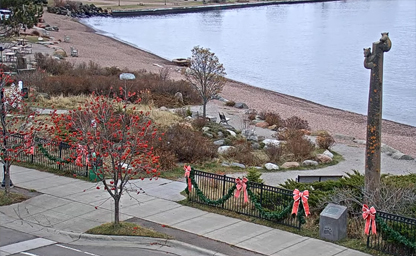
Located around the harbor for both distant and up close views of the downtown and lighthouse area
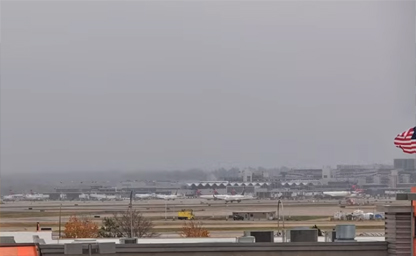
It is located in Fort Snelling Unorganized Territory
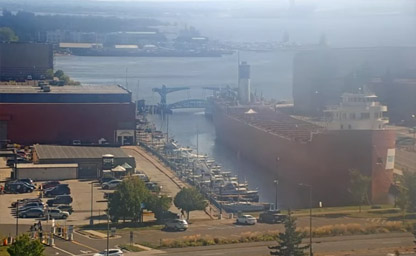
That sailed as a bulk freighter on the Great Lakes as part US Steel's lake fleet
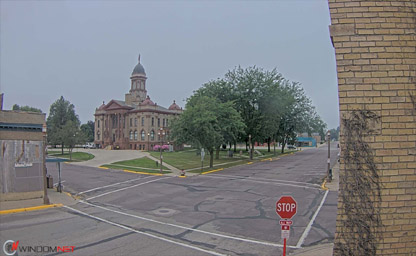
A building located at 1044 Third Avenue in Windom
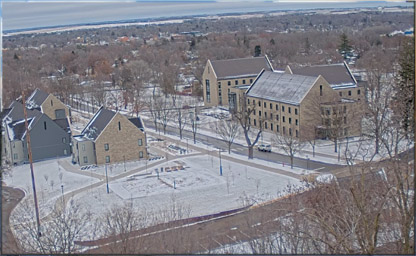
A city in Dakota and Rice counties
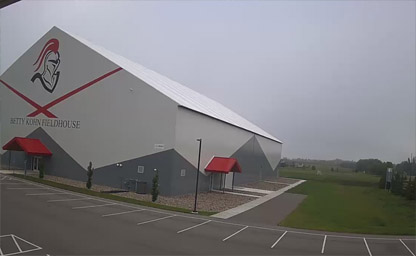
Situated at the MLC Athletic Field Complex
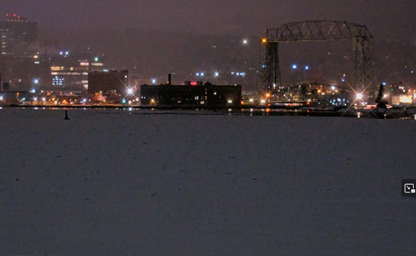
The end of one of the slips entering the loading areas of Duluth Port Authority
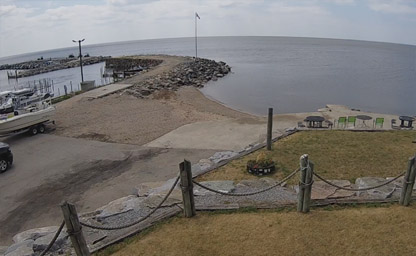
A city in Lake of the Woods and Roseau counties
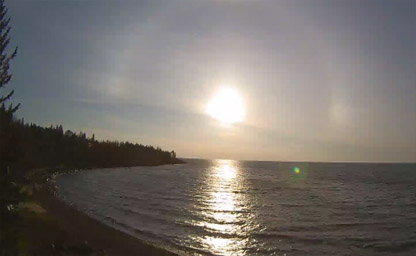
One of the three townships of Cook County
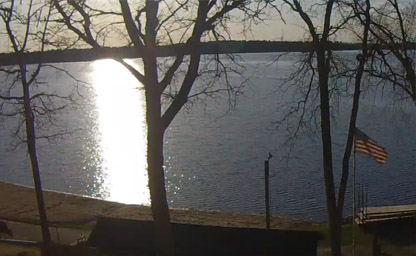
The county seat of Beltrami County, in northern Minnesota
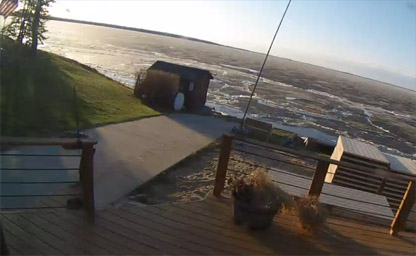
Known as the Gateway to the Chippewa National Forest
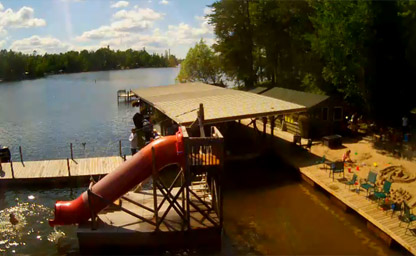
Private island on lake Vermilion in northern Minnesota
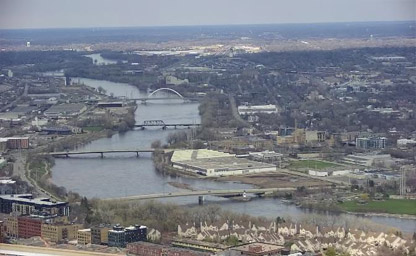
Nestled on the Mississippi River
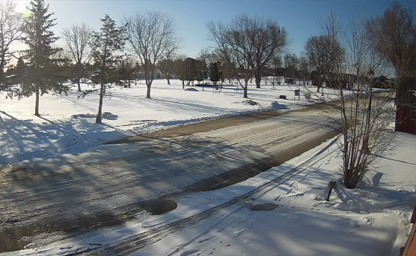
Located nearby to Grace Lutheran Church
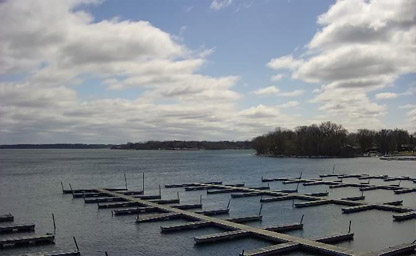
A beautiful city in Ramsey County in the state of Minnesota
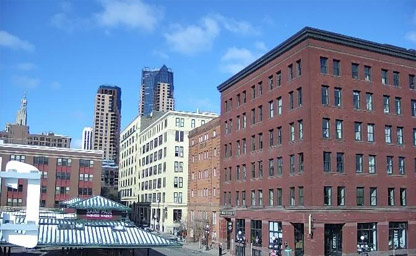
A baseball park in downtown Saint Paul
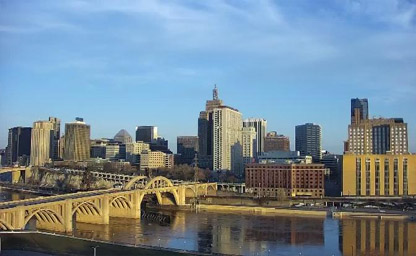
The grand Minnesota State Capitol
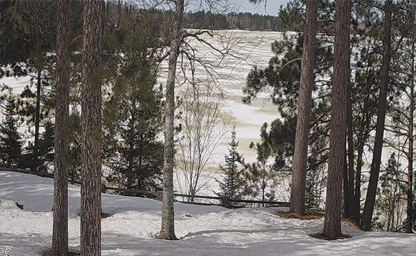
Situated at the eastern end of the legendary Mesabi Iron Mining Range
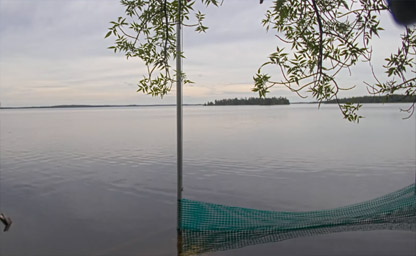
Looks North over Rainy Lake to Ontario
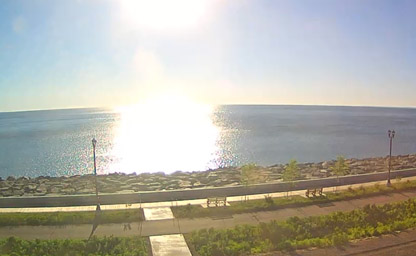
A beautiful port city on Lake Superior in Minnesota
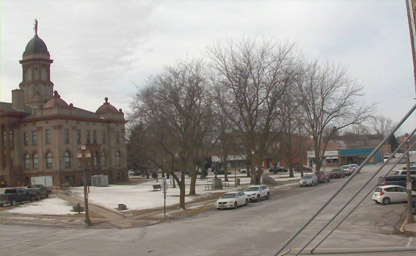
Cottonwood County located in the Coteau des Prairies
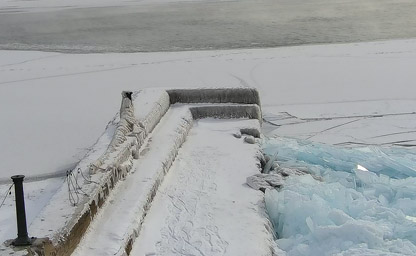
Situated on Duluth, a port city on Lake Superior in Minnesota
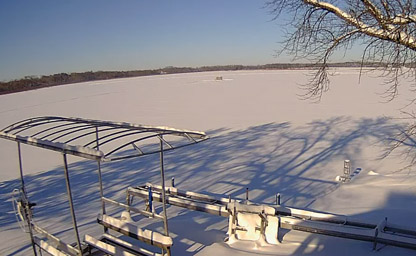
Surrounded by beautiful Pike Bay Township
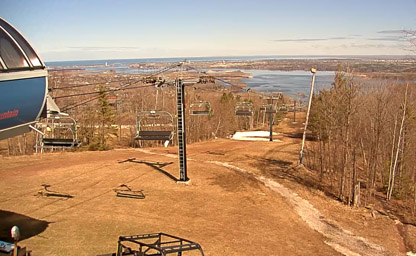
Spirit Mountain is a ski and snowboard recreation area in Minnesota
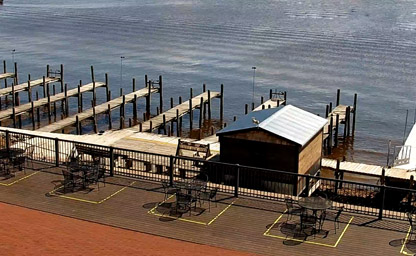
Check out our Lake of the Woods fishing report
Situated on the roof of the Lake Superior Maritime Visitor Center
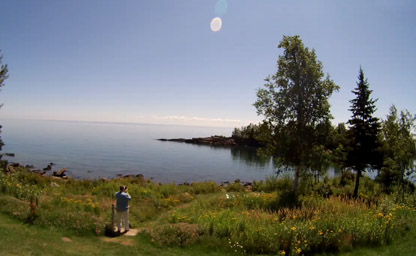
Overlooking a unique natural cove with a spectacular ledge rock point
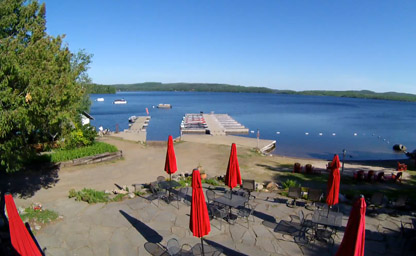
Enjoy the view of Gunflint Lake and crrent conditions
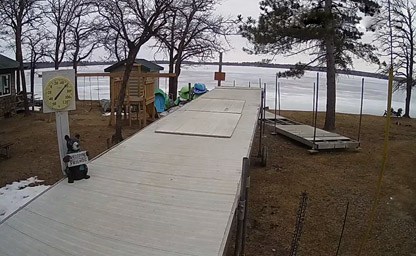
Located on the beautiful Lake Andrusia, on the Mississippi (Cass)
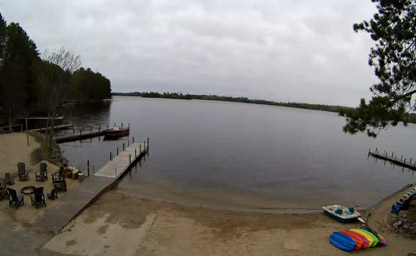
A shallow freshwater lake in northeastern Minnesota
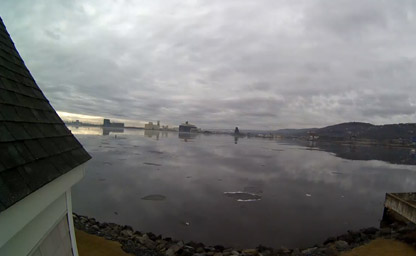
Located in Duluth's Canal Park, view the Aeiral Lift Bride, stroll the shores of Lake Superior on South Pier Inn's private shoreline
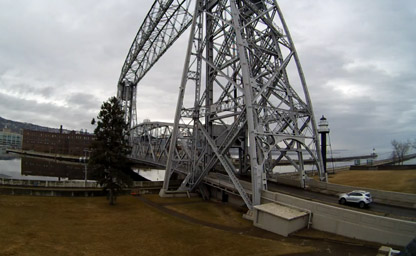
Located just a few feet from the water at the foot of the world-famous Aerial Lift Bridge
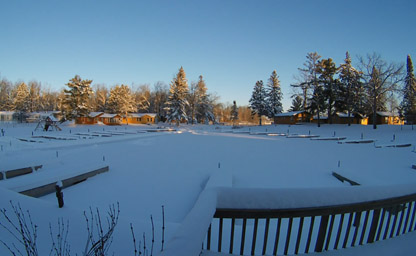
Discover this beautiful area as an ideal Minnesota vacation destination
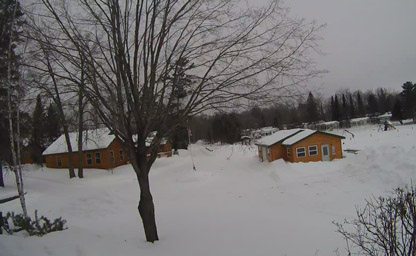
Enjoy the Leech Lake area in the cool season
IpLiveCams provide an exciting way to experience the Land of 10,000 Lakes, offering real-time views of its breathtaking natural landscapes, vibrant cities, and charming small towns. From the serene waters of its famous lakes to the bustling streets of Minneapolis, these cameras capture the state’s unique character and beauty.
Nature enthusiasts will enjoy webcams showcasing Minnesota’s vast wilderness. Streams from places like Voyageurs National Park, the Boundary Waters Canoe Area, and Itasca State Park reveal tranquil lakes, dense forests, and wildlife such as deer, loons, and bald eagles in their natural habitats.
In urban areas, live cameras in Minneapolis and St. Paul, known as the Twin Cities, provide glimpses of iconic landmarks like the Mississippi Riverfront, the Stone Arch Bridge, and bustling downtown streets. These feeds often highlight cultural events, festivals, and the lively energy of city life.
Seasonal beauty is a highlight in Minnesota, and live webcams capture the state’s dramatic changes throughout the year. From vibrant fall foliage and snow-covered winters to spring blooms and summer lake activities, viewers can experience the magic of every season.
Sports fans can tune into webcams at venues such as Target Field or U.S. Bank Stadium, getting a behind-the-scenes look at the excitement of Minnesota’s sports culture. Additionally, webcams near popular attractions like Mall of America showcase the state’s entertainment and shopping hubs.
Whether you’re exploring Minnesota’s natural wonders, planning a trip, or simply enjoying the sights from afar, these live webcams offer an engaging and immersive way to connect with the state’s diverse landscapes and dynamic communities.
Minnesota, often called the "Land of 10,000 Lakes," boasts a rich and complex history that predates its statehood by thousands of years. The area was first inhabited by Indigenous peoples, including the Dakota (Sioux) and Ojibwe (Chippewa) nations, who lived off the land’s abundant natural resources. These tribes played a central role in shaping the cultural and ecological landscape of what is now Minnesota, leaving behind traditions and historical sites that are integral to the state's identity.
European exploration of Minnesota began in the 17th century when French fur traders and missionaries arrived in the region. In 1679, French explorer Daniel Greysolon, Sieur du Lhut, established trade relations with local tribes, a pivotal step in integrating Minnesota into the fur trade network that stretched across North America. The French influence continued until the area came under British control following the French and Indian War in 1763. However, with the signing of the Treaty of Paris in 1783, Minnesota became part of the United States, though it remained a frontier for many years.
The Louisiana Purchase in 1803 further solidified American claims to the region, and explorers like Zebulon Pike and Lewis and Clark helped map its terrain. Fort Snelling, established in the early 1820s at the confluence of the Minnesota and Mississippi rivers, became a critical military and trading post. This strategic location would later facilitate the growth of Minneapolis and St. Paul, now known as the Twin Cities.
Statehood came in 1858, making Minnesota the 32nd state in the Union. However, this period was not without conflict. The U.S.-Dakota War of 1862 marked a dark chapter in the state’s history, as tensions between settlers and the Dakota people erupted into violence. The aftermath saw many Dakota displaced or executed, and their lands were seized, dramatically altering the state’s demographic and cultural landscape.
During the late 19th and early 20th centuries, Minnesota experienced significant economic and population growth. Immigrants from Scandinavia, Germany, and Ireland arrived in large numbers, drawn by the promise of farmland and work in industries like lumber and mining. Cities like Duluth and Iron Range communities became centers for mining, while Minneapolis emerged as a hub for milling, earning the nickname "Flour Milling Capital of the World."
Throughout the 20th century, Minnesota became a leader in progressive politics, education, and healthcare. Figures like Hubert H. Humphrey and Walter Mondale emerged from the state’s strong Democratic-Farmer-Labor Party. Today, Minnesota continues to balance its historical roots with modern innovation, serving as a cultural, economic, and ecological leader in the Midwest.
Minnesota experiences a continental climate, characterized by significant seasonal variations that define life in the state. Winters are long, cold, and snowy, with average temperatures often dipping below freezing, particularly in northern regions. Arctic air masses frequently bring frigid temperatures, and snowfall is common from November through March. Cities like Duluth and areas near Lake Superior experience lake-effect snow, which can lead to heavier accumulations.
Despite the harsh winters, Minnesotans embrace the cold with a variety of outdoor activities. Ice fishing, snowmobiling, and skiing are popular pastimes, while events like the Saint Paul Winter Carnival celebrate the season's beauty and resilience. Frozen lakes become bustling hubs of activity, dotted with ice shanties and skating rinks.
Summers in Minnesota are warm and humid, offering a stark contrast to the chilly winters. Average temperatures range from the mid-70s to mid-80s Fahrenheit, though occasional heatwaves can push them higher. Summer is the perfect time to explore Minnesota’s lakes, parks, and trails. Boating, fishing, and swimming are staples of summer life, particularly in iconic destinations like Lake Minnetonka and Itasca State Park, where the headwaters of the Mississippi River are located.
Spring and autumn are transitional seasons that bring milder weather and breathtaking natural beauty. Spring is marked by blooming wildflowers and a gradual thawing of the state’s many lakes and rivers. Autumn, on the other hand, transforms Minnesota’s forests into a tapestry of vibrant reds, oranges, and yellows. The North Shore of Lake Superior and the Boundary Waters Canoe Area Wilderness are particularly stunning during this time, drawing visitors seeking the quintessential fall experience.
Severe weather is also a hallmark of Minnesota’s climate, particularly during late spring and summer. Thunderstorms, heavy rainfall, and tornadoes are not uncommon, especially in the southern and central parts of the state. However, these weather patterns also contribute to Minnesota’s rich agricultural productivity, making it a leader in crops like corn, soybeans, and sugar beets.
Located in the upper Midwest region of the United States, Minnesota spans approximately 86,936 square miles, making it the 12th largest state by area. Its diverse geography is shaped by glacial activity during the last Ice Age, which carved out the state’s numerous lakes, rivers, and rolling hills. Minnesota is famously home to more than 10,000 lakes, though the actual number is closer to 11,842, earning its well-known nickname. These bodies of water are vital to the state’s culture, economy, and recreation.
The state is bordered by Canada to the north, Lake Superior and Wisconsin to the east, Iowa to the south, and North and South Dakota to the west. This location places Minnesota at the confluence of several major ecosystems, from the northern boreal forests to the prairie grasslands of the south and west. The state’s highest point is Eagle Mountain in the northeastern part of the state, while its lowest point is at Lake Superior.
Central and northern Minnesota are dominated by forests, wetlands, and lakes, making them ideal for outdoor enthusiasts. The Boundary Waters Canoe Area Wilderness is a globally renowned destination for paddling and camping, offering a remote escape into pristine wilderness. Similarly, the North Shore of Lake Superior features dramatic cliffs, waterfalls, and scenic vistas that attract visitors year-round.
Southern Minnesota transitions into fertile farmland, part of the Great Plains region. This area is characterized by gently rolling hills and expansive fields of crops. The Mississippi, Minnesota, and St. Croix Rivers play a vital role in the state’s geography and history, serving as transportation routes and natural boundaries.
Urban areas like the Twin Cities—Minneapolis and St. Paul—are situated in the southeastern part of the state. These metropolitan areas are known for their cultural vibrancy, including art galleries, theaters, and diverse cuisine. The Mississippi River flows through this region, providing scenic views and recreational opportunities in an urban setting.
If you’re visiting Minnesota, make sure to experience the state’s iconic "lake culture" by renting a cabin or taking a boat ride on one of its many lakes. A trip to the headwaters of the Mississippi River at Itasca State Park is also a must, where you can walk across the river at its humble beginnings. An interesting fact about Minnesota is that it has more shoreline than California, Florida, and Hawaii combined, thanks to its countless lakes and rivers, making it a haven for water lovers and nature enthusiasts alike.